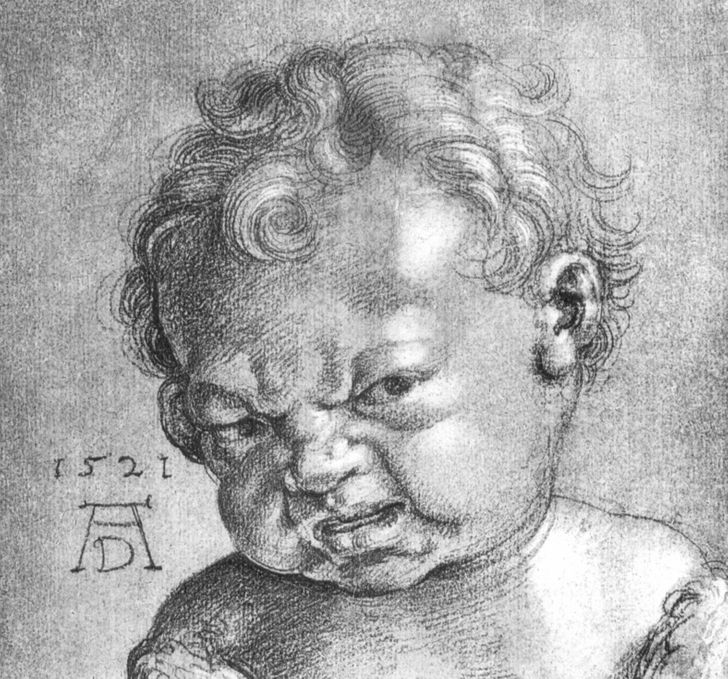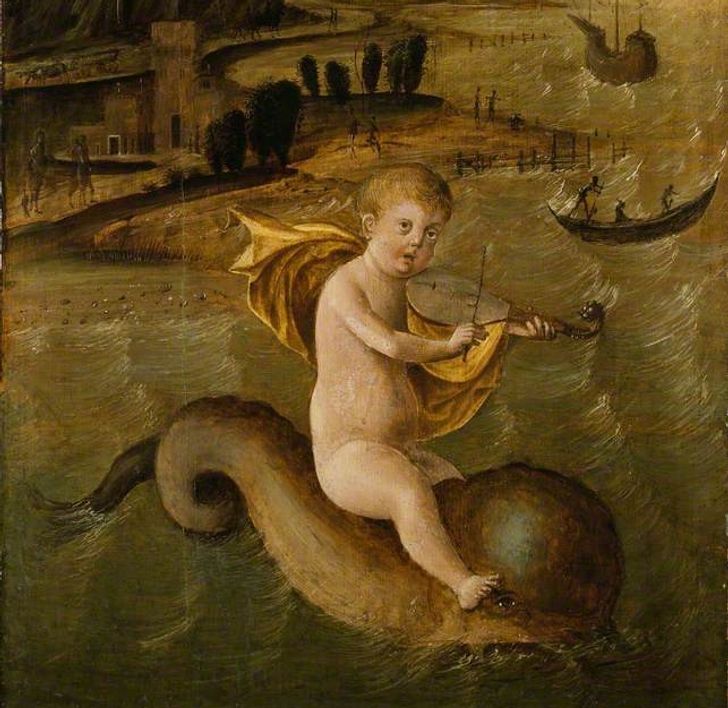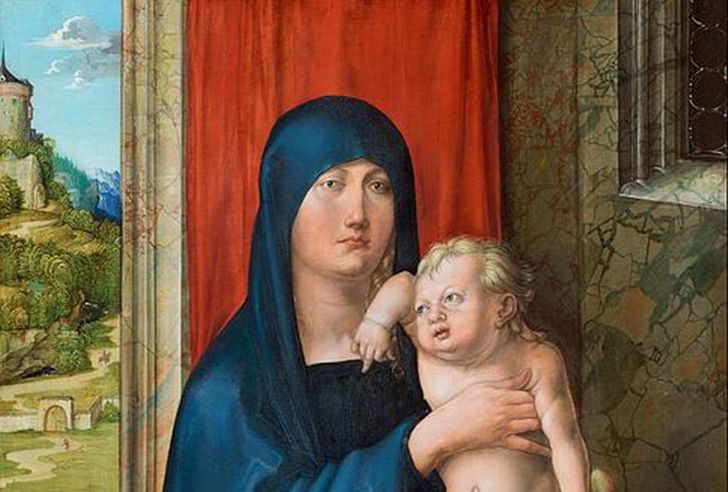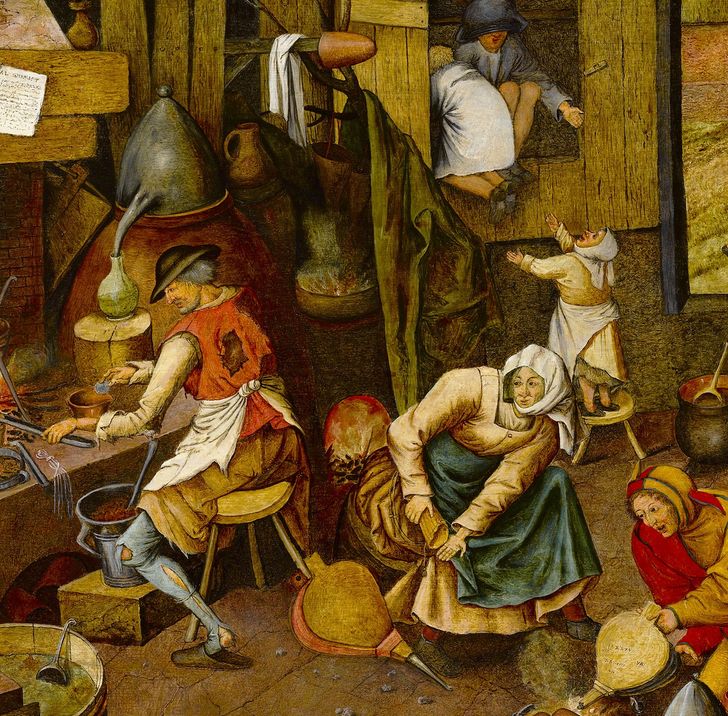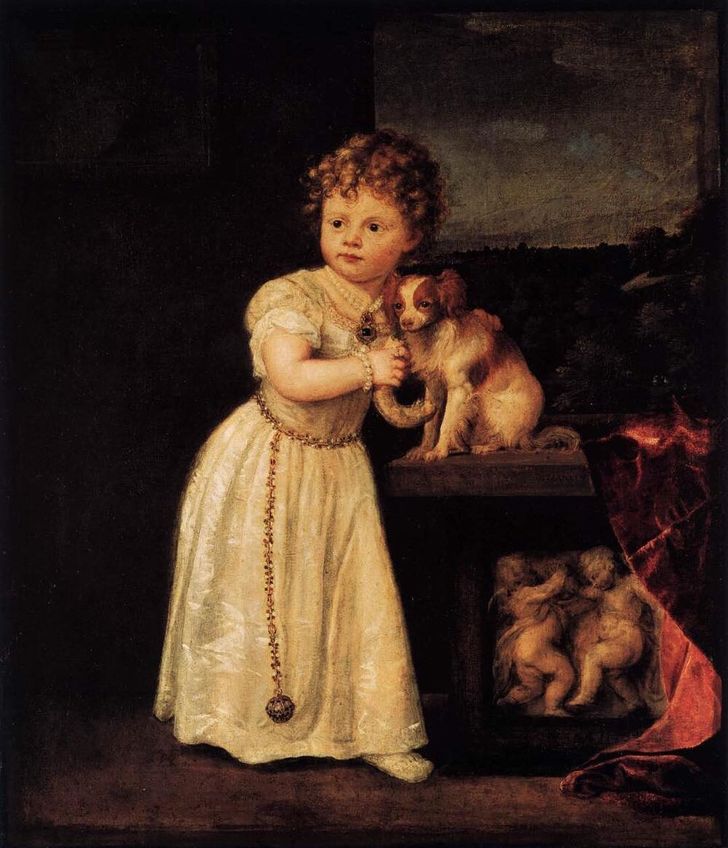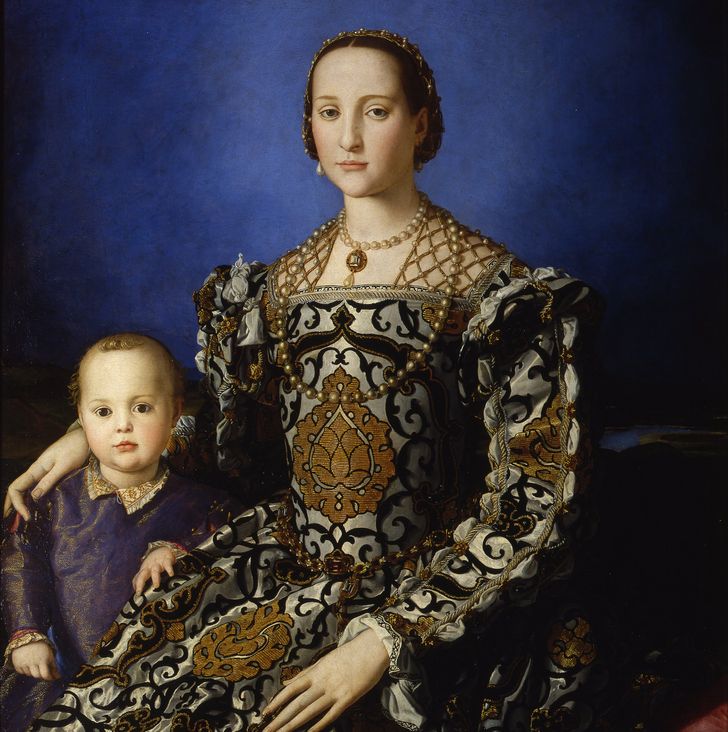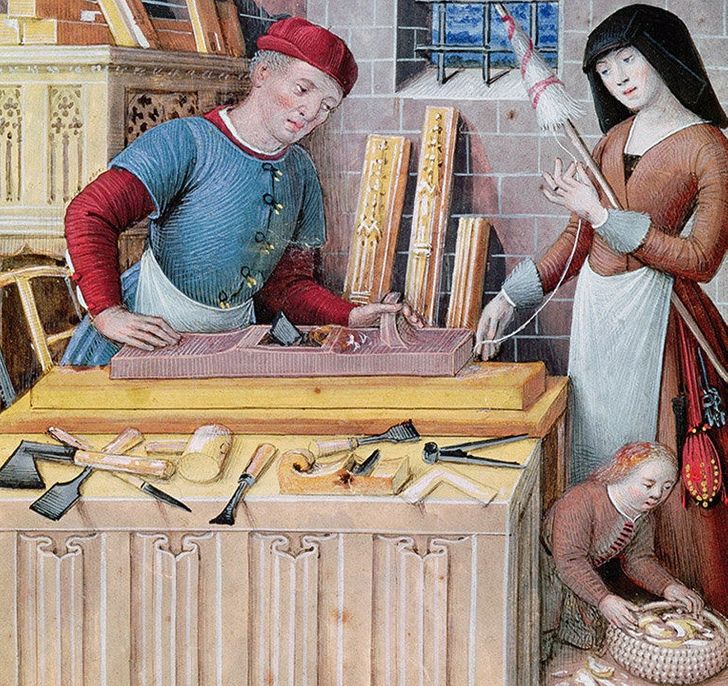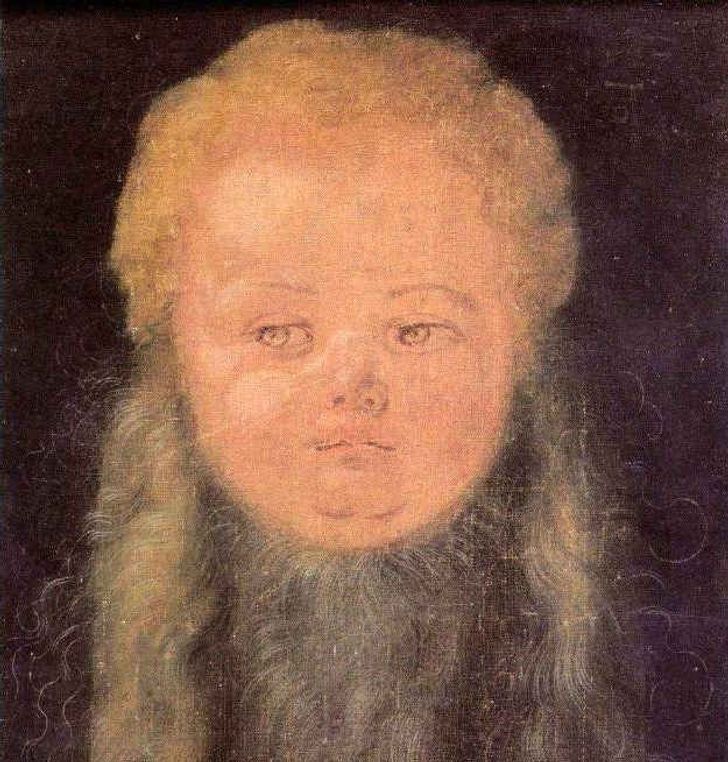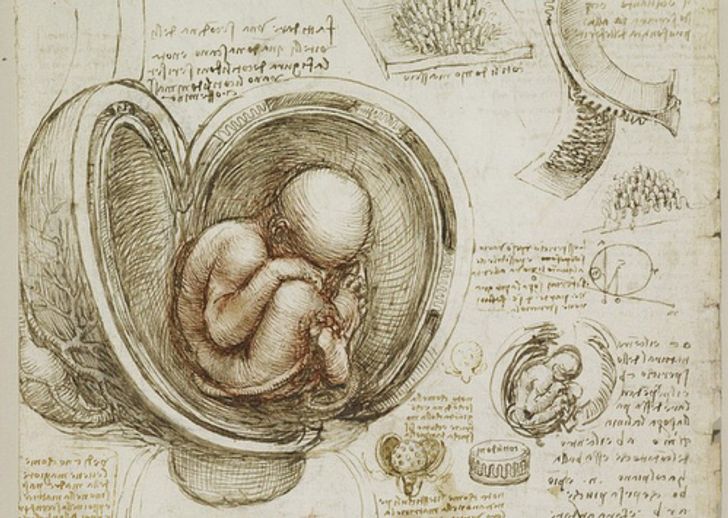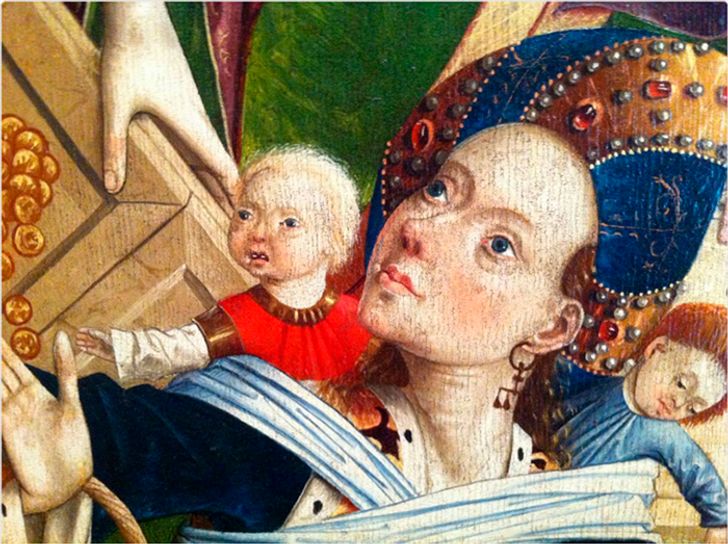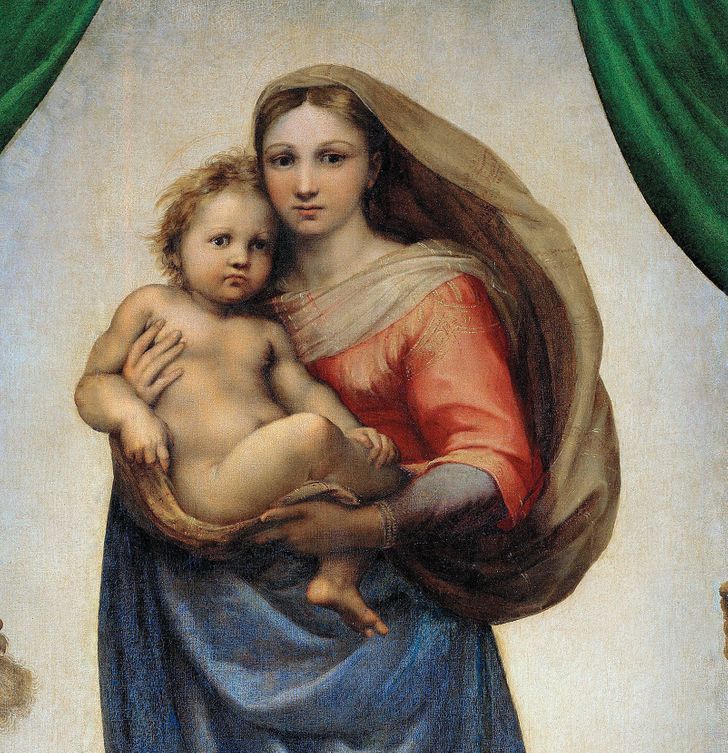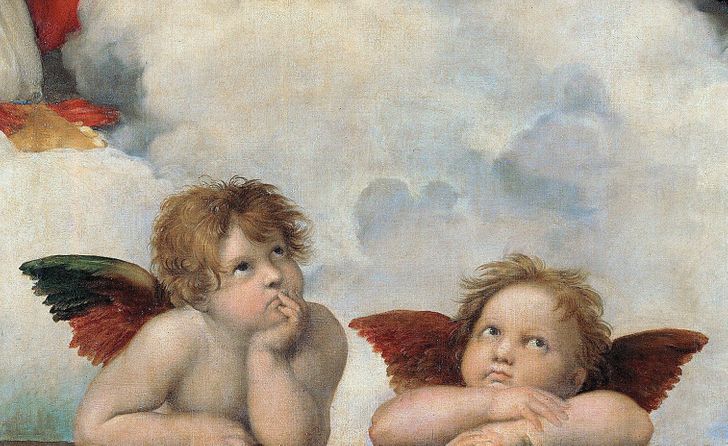"Why Babies in Old Paintings Look Like Old Men" LoL??
Why Babies in Old Paintings Look Like Old Men
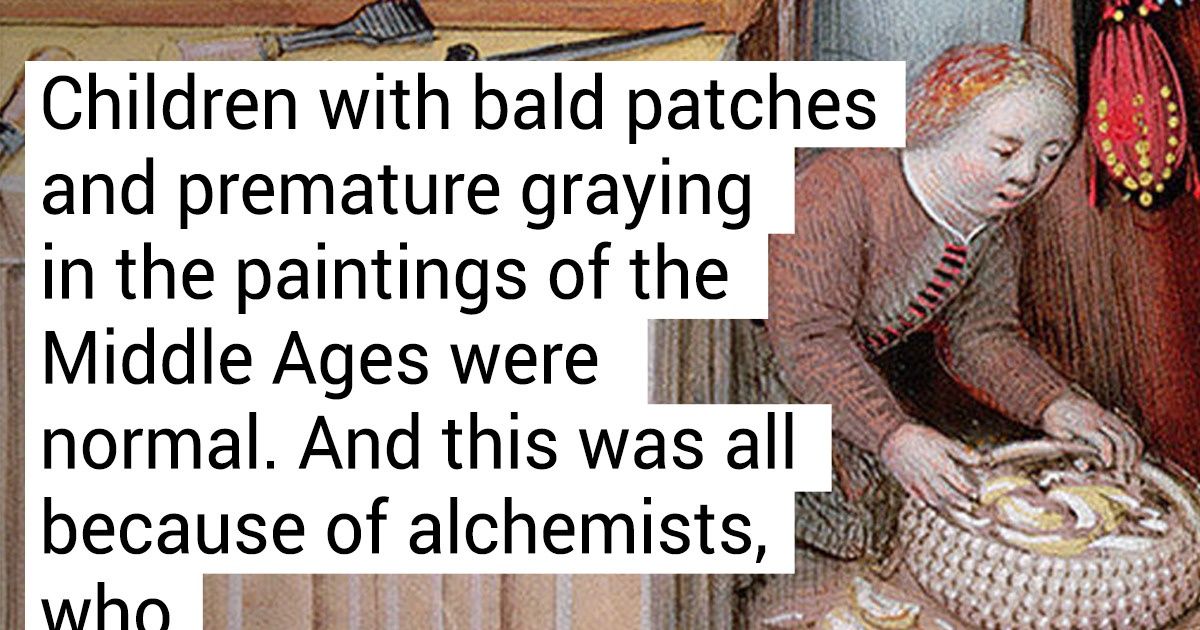
In every museum, where there’s an exhibition devoted to Medieval art, you for sure will see statues of gods, bust sculptures of philosophers, tapestries from ancient castles, and paintings with strange babies. Many people notice them, and some try to figure their meaning later on.
We at Bright Side gathered all the theories into one article to finally try to understand why it seems like medieval artists didn’t like children very much, and as a bonus, we prepared something else for you.
The masters had to change their focus.
From the dawn of art history, people have used drawings to convey ideas, which include very realistic images of people and animals, but then something changed.
The reason for this was probably something historians have called the Migration period. A lot of knowledge, including artistic techniques, had to be refocused in the 5th century — and the masters would eventually have to rediscover them. The focus shifted from art imitates life to art for storytelling, and this was largely due to the illiteracy rate. Many artists were commissioned by the Catholic church to depict biblical scenes for the masses. And along with this shift, came an abstraction of form. Artists were no longer focusing on naturalistic imagery and were instead trying to convey complex stories. The best way to do this was through stylized and abstracted forms (almost like the medieval version of the modern day comic strips).
The meaning is more important than the appearance.
In the Middle Ages, phenomena and objects were valued not by their real qualities, but by their essence — and portraying this essence was no easy task. So, as we mentioned above, Medieval art was more symbolic than realistic. Children were used as symbols — they were the images of characters, many of whom performed great exploits as adults, so they were supposed to be shown as courageous and rough, even from birth.
Traditions that people were afraid to break
Artists from the Medieval Ages were expressionists rather than naturalists. The idea of creative freedom, where an artist draws however they please, wasn’t valued or encouraged. So the traditional image of a baby who looks like a flabby middle-aged man stayed around at least until the Renaissance.
The harsh truth of life
In the Middle Ages, the concept of childhood didn’t exist. Sons and daughters were valued more like helpers in the household. A baby could pass away at any moment, which is why people tried to not get too attached to them. Most mothers, especially in well-off families, gave their children away to a wet nurse and a nanny right after they were born. And when the child became a bit older, they started to work without being catered to because of their young age.
Children from noble families also never had a chance to do nothing. In the portraits that appeared at the end of the 15th century, babies aren’t playing with their father’s scepters or hiding medals under their capes. They look serious and like they’ve acknowledged their responsibility to their kin and the state.
Eleonora of Toledo with her son Giovanni de’ Medici
Each royal family was supposed to have at least 4 boys, who were supposed to live into adulthood. The first son would become the Grand Duke. The second son would be a cardinal, with a good chance of becoming the Pope in the future. The third son would be the leader of the army, and the fourth son would be engaged in the family business — banking.
The idea of creating an adult right away
Alchemy was popular in the Middle Ages. And one of its main branches was an attempt to create a person with the help of artificial means. This person was called a homunculus, and he was imagined as a completely grown-up man.
Pictorial art didn’t hang behind, and these balding, flabby, beaten-by-life babies appeared in the paintings. They had neither puffy cheeks nor big eyes, and some even had beards.
A lack of opportunity to study anatomy
Medicine was in a very difficult position, because it was believed that a person who goes to the doctor was doing something indecent. And if someone decided to study the body of a deceased person, it was considered a disaster. The only people who had official access to bodily anatomy were the executioners. And as a rule, they did not draw.
To portray a person normally, artists had to work hard and risk their lives. Both artists and sculptors studied human bodies at night. They were very secretive and very quiet about it.
There were no fun reasons to draw a picture.
For the most part, people couldn’t read. And there were very few books. Besides, books were very precious items, so they were huge to make them harder to steal. This meant that paintings were almost the only publicly available way to spread and receive information. Almost like comics — only stories about superheroes didn’t exist back then. The plots were biblical or historical, and they weren’t very funny.
So when and why did children become beautiful?
- During the Renaissance, non-religious art flourished — people wanted to look at their own children, not just at symbolic art. The rich Florentine people insisted on this trend, and it didn’t seem like a good idea to go against their wishes.
- Renaissance artists also found new interests — they watched nature and showed things the way they saw them. The expressionism of the Middle Ages was gone, which led to the appearance of these realistic paintings of babies.
- The concept of a baby was transformed during the Renaissance. From small adults, children turned into completely innocent creatures. This happened when the idea that every child is born sinless and knows nothing about the world was spread through society.
Bonus: Medieval artists not only depicted children in a strange way. Cats had a hard time too.
Have you ever noticed these strange babies in Medieval paintings before? Or maybe there are other details that surprise you even more?
Comments
this essay is very interesting
Anyone else noticed the scarf/hejab that women wore in most of these paintings?
Interesting read on the artistic quirks in old paintings—if you're looking to boost your career with a standout CV, Resume Folks can help.
Resume Folks
Related Reads
I Refused to Let My Stepmother Dictate My Wedding—I Have Been Too Kind

I Walked Out of the Family Reunion After My Stepdaughter Handed Me a List of “Rules”
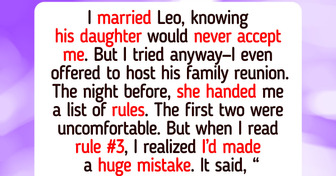
My BFF Invited Me to Her Baby Shower, It Turned Into My Worst Nightmare

14 Mother-in-Law Moments That Became a Legendary Family Story

16 First Dates So Bad, They Should Be Turned Into a Comedy Movie

I Let My MIL Join Our Family Trip—And It Turned Into Chaos

I Refused to Chip In for Our “Mandatory” Work Party—HR Stepped In Fast

My Stepdaughter Kicked My Dog Out—Now She Calls Me Heartless
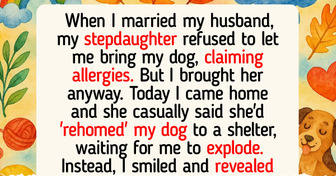
15 Animal Stories That Prove Kindness Is a Language Every Living Being Speaks
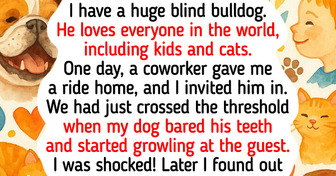
I Discovered My Firm Was Secretly Hiring for My Position—HR’s Response Shocked Me

10 Moments That Remind Us Quiet Kindness Is Mightier Than It Seems
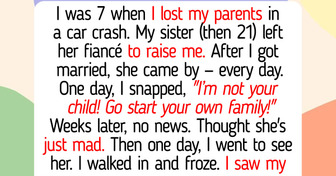
I Refused to Let My MIL Own My Family Budget, Now My Marriage Is on Thin Ice

